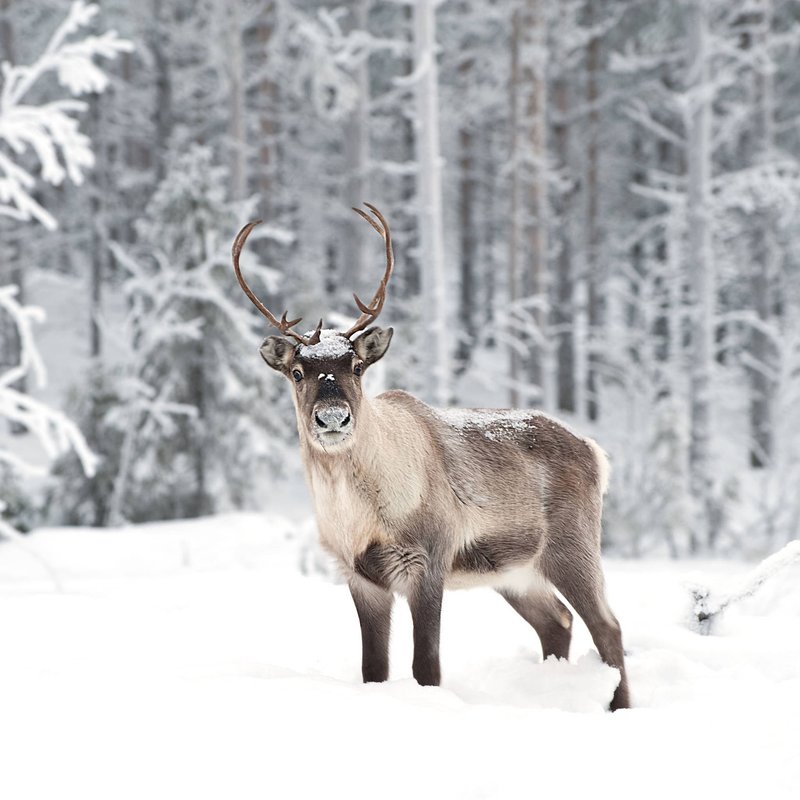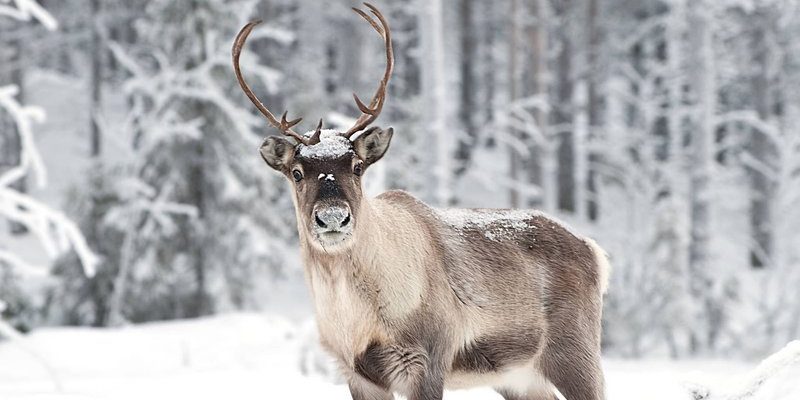
Reindeer, also known as caribou in North America, are majestic creatures known for their impressive antlers and gentle demeanor. However, they are still wild animals, and approaching them without caution can lead to dangerous situations for both you and the animal. Here’s the thing: understanding reindeer behavior and knowing how to act in their presence is key to having a safe and memorable experience.
Let’s take a closer look at how to handle an encounter with a reindeer, ensuring that you respect the wildlife while enjoying what nature has to offer.
Understanding Reindeer Behavior
When you see a reindeer, it might be easy to get swept up in the moment, but it’s important to understand how these animals behave. Reindeer are social animals, living in herds, and they often communicate with each other through various sounds and movements. Depending on the time of year and their environment, they can be calm or skittish.
For instance, during the rutting season, male reindeer can become more aggressive and protective of their territory. If you encounter a male during this time, it’s best to keep your distance. Here’s a fun fact: reindeer are unique because they’re one of the few species where the females retain their antlers throughout the winter months, unlike most deer.
If a reindeer seems calm and is grazing, you might find it tempting to get closer for that perfect photo. But remember, their natural instinct is to be wary of humans. If it senses any threat, it may bolt in fear, which could lead to a dangerous situation.
Stay Calm and Observe
If you find yourself face-to-face with a reindeer, the first thing to do is to stay calm. It’s easy to get excited, but making sudden movements or loud noises can startle the animal. Instead, take a moment to observe.
Stand still and watch how the reindeer behaves. Does it seem relaxed? Is it grazing? Or is it alert, looking around? Understanding its mood can help you decide your next step. In many cases, if you maintain a safe distance (at least 50 yards), the reindeer may continue with its activities, allowing you to enjoy the moment without feeling intrusive.
While you’re observing, consider taking mental notes or snapping pictures from afar. Remember, it’s a privilege to see wildlife, and capturing the moment doesn’t have to mean getting up close.
Respect Their Space
One of the most crucial things to remember when encountering any wildlife, including reindeer, is to respect their space. This means not attempting to approach, feed, or touch them. Wild animals have their own habitats and routines, and interrupting these can cause them stress.
If you’re near a herd, try to stay on the periphery. Moving closer can not only upset the reindeer but can also put you at risk, especially if they feel threatened. In general, maintaining a distance ensures both your safety and the reindeer’s well-being.
In addition to maintaining distance, avoid making any loud noises or sudden movements. Speaking softly can also help keep the situation calm. If the reindeer notices you but doesn’t seem alarmed, it likely means you’re at a safe distance.
Know When to Leave
So, when is it time to head back? If the reindeer starts to show signs of distress—such as snorting, stamping its feet, or moving away—then it’s time to leave. You might also notice the animal’s body language change; perhaps it’s turning its head away or looking back at the herd.
Here’s a good rule of thumb: if the reindeer seems uncomfortable with your presence, it’s best to give it space. Slowly back away, keeping your eyes on the animal without making sudden movements. That way, you show respect for its territory while ensuring you stay safe.
If you’re on a hiking trail or in a busy area, try to head back the way you came. This ensures that you won’t accidentally surprise another reindeer—or any wildlife that could be nearby.
Documenting the Encounter
After your encounter, it’s natural to want to share your experience. Whether you’re a wildlife enthusiast or just a casual observer, documenting your sighting can be really rewarding. Take a moment to write down what you saw, how the reindeer behaved, and any interesting details.
If you took photos, try to label them with the date, location, and any notable aspects of the encounter. Sharing these with friends or on social media can also help spread awareness about wildlife and the importance of respecting their habitats.
Beyond personal documentation, consider reporting your sighting to local wildlife authorities. They often collect data about reindeer populations and movements, which can be crucial for conservation efforts.
Encountering a reindeer in the wild can be a magical experience, but it’s essential to approach these moments with care and respect. Remember to stay calm, observe from a distance, and never interfere with their natural behavior. By doing so, you not only keep yourself safe but also contribute to the well-being of these stunning creatures.
Next time you venture into wilderness areas known for reindeer, keep these tips in mind. Each sighting is a special gift from nature, and being responsible ensures that future generations can enjoy these same beautiful moments. So, lace up those hiking boots, pack your camera, and get ready for an unforgettable adventure!

